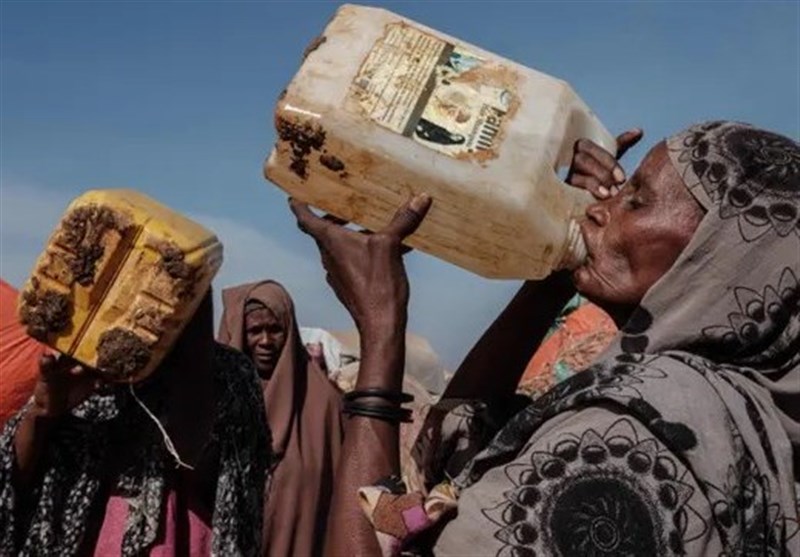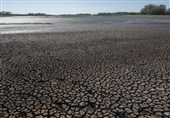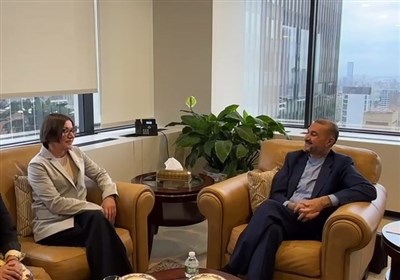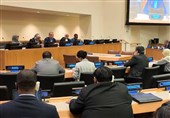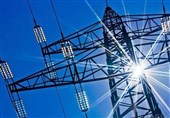Water Crisis Is Everyone’s Problem, Global Action Plan Needed: Expert Group
TEHRAN (Tasnim) – The world needs to radically rethink how to respond to the growing water crisis after decades of mismanagement, pollution, climate change and destruction of nature, an expert group said.
Overuse by agriculture and industry, subsidies that encourage wasteful practices, and climate change impacts are disrupting the natural water cycle. These are threatening humanity’s future, with poorer communities hardest hit, said the Global Commission on the Economics of Water, The Straits Times reported.
“We’ve got to shift our mindsets towards recognizing that the water problem is now global, not just local,” Senior Minister Tharman Shanmugaratnam, co-chair of the commission, said at the United Nations Water Conference in New York, which took place from March 22 to 24.
“We can no longer think of the water crisis as comprising bad things that are happening in local communities and individual countries. It is not just about bad events, one country at a time, one region at a time,” he told a media briefing during the conference.
The commission, convened by the Netherlands and launched in May 2022, released a report outlining a seven-step action plan ahead of the conference.
Turning the Tide: A Call to Collective Action notes the world is facing increasingly extreme floods, droughts and storms. This is disrupting water supplies and crop yields, increasing disease and piling on more misery and economic losses, with the developing world most affected.
“More than two billion people still lack access to safely managed water. One child under five dies every 80 seconds from diseases caused by polluted water,” said the report. Some regions are facing severe food insecurity, and this will worsen in coming years without concerted global action.
“We are seeing the consequences not of freak events, nor of population growth and economic development, but of our mismanagement of water globally for decades,” said the report.
“We have changed rainfall patterns and failed to preserve freshwater ecosystems, to manage demand to avoid overuse, to prevent contamination, to foster recycling and to develop and share water-saving technologies.
“We now face the prospect of a 40 percent shortfall in freshwater supply by 2030, with severe shortages in water-constrained regions.”
The report said there needed to be a better understanding of how climate change and the destruction of nature have disrupted the global water cycle. Freshwater comes from rainfall - evaporation of water from the oceans, lakes or wetlands causes clouds to form, which in turn leads to rain that falls over land.
Forests soak up rainfall and are important watersheds that feed rivers. The trees also release water vapor into the air that can feed rainfall far away. Clearing forests for agriculture disrupts this cycle and greenhouse gas emissions from burning fossil fuels and deforestation heat up the atmosphere, leading to faster drying out of the land.
“What’s really happening is that the global water cycle is out of kilter, and that’s the cumulative result of local mismanagement of water all over the world over a long period of time,” said Tharman.
At a separate side event at the United Nations, Tharman spoke of some of the solutions outlined in the report.
Among them was putting a price on water. The report said underpricing water leads to excessive use and lack of access for the poor and vulnerable in many places.
Putting a price on water means people value it more as a resource and this leads to more efficient usage.
“It gives you the revenues to expand water systems to give everyone access to water, and gives you the revenues to provide targeted subsidies for the poor,” Tharman said.
According to the report, nations also need to phase out about US$700 billion (S$932.3 billion) of agriculture and water subsidies each year, which drive excessive water consumption and other environmentally damaging practices.
There also needed to be a rethink on the value of investing in water solutions and especially helping the poorest communities.
Tharman spoke of richer nations needing to shift their thinking towards global collaboration on water - not as a draw on aid budgets, but as an investment in the global common good that is going to benefit all countries, rich and poor.
“Every country has an interest in a sustainable global water cycle. Every country has an interest in other countries being able to invest in water conservation, in more efficient use of water.”
The good news, he said, was an abundance of finance, pointing to global capital markets worth US$250 trillion (S$333.2 trillion).
“We’re talking about channeling a very small fraction of that each year towards sustainable water. But we
need to organize this flow of finance by bringing together public and private streams of funding, concessional as well as commercial investments.”
And water investments can have fast returns, he said, especially around water efficiency.
But the challenge was urgent.
“We should treat water as an opportunity. We know what needs to be done. There’s no lack of finance. Most of the technologies exist. But we are running out of time, and have to get moving and get moving together,” said Tharman.
